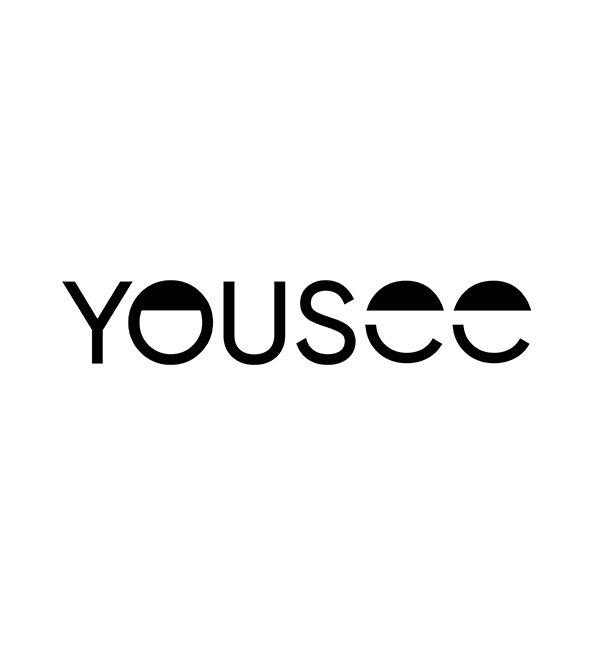2018 may be several pages removed on the calendar, but it’s closer than you think.
The fourth quarter is almost here, and your head is probably in go-go-go-for-the-holidays mode. That’s good—you’re supposed to make hay while the sun shines, right? But the risk is you’ll wake up one day soon, the holidays behind you, and immediately become stressed over everything you’ve failed to do for your store while you were focused on production and sales.
Don’t go there! Life is a series of re-commitments, and those times of re-commitment are critical to our continued growth. The last few weeks of summer are an excellent time to review your business progress and recommit to your strategic goals. Pull out your calendar right now and look for one day in the next month to focus entirely on business planning, goals for next year, and projects you’re ready to take on. Making time to plan is one of the most important things you can do as a business owner.
To begin, decide if your planning day will be a day for just you or if you want key members of your team or important advisers to join you. In most cases, it’s useful to include others for at least part of your planning. It’s easy to get stuck in our own assumptions or perspectives. Inviting others to participate can present new ideas and challenge old ones.
Assemble key information about your previous year. At a minimum, you need:
- Sales revenue by month
- Cost of goods by month
- A report showing customer performance, including how much business each customer did with you the past year, which customers you might have lost (did not purchase from you in the past 36 months) and which customers you gained.
- Detailed expense report
- Summary expense report showing total expenses for labor (salaries and benefits), sales and marketing (including non-employee commissions, trade shows, photography, promotions, advertising, etc.) and facilities (rent, security, etc.).
- If you had goals for 2017, list all goals and your accomplishments for each.
Prior to your planning day, decide where you will work. If you can’t work in your office without constant distractions, plan to work somewhere else. Your planning is too important to sacrifice it to perforated attention.
Spend your first two hours examining the reports you assembled. Ask, and answer, the following questions:
- How has my revenue been in 2017 compared to 2016?
- What have I done differently (if anything) to change my revenue this year (positively or negatively)?
- Did my cost of goods go up, stay the same, or go down? Why?
- Did I gain more customers than I lost?
- Why did I lose the customers I lost? Were the losses intentional or unintentional?
- Am I spending my money on the right things?
- Did I spend enough money on marketing and promotion (including trade shows) to generate the amount of business I planned to do?
Now set your financial goals for 2018. Yes, I know it’s August. Get going. These goals should include:
- Revenue goals for 2018
- Cost of goods goals for 2018
- Net profit goals for 2018
Spend your next hour or two contemplating your customers. Your customer mix determines your success, so it is essential that you consider whether you are serving the right customers. How do you know if you have the right customers? The right customers want more of what you are comfortable giving. The wrong customers constantly ask for things that feel off-track to you. For example, if you are Neiman Marcus, customers that hound you for lower prices aren’t a good fit. But if you are Wal-Mart, you expect (and feel comfortable with) customers demanding lower prices. All customers want more of something from you; the question is, are the things they want the things that are right for your business?
Create a visual model that will help you cultivate more of the right customers and less of the wrong ones in the year to come. Draw a vertical line down the center of a piece of paper. On the left side, write the names of your very best customers. On the right side, write the names of troublesome customers who are expensive to serve or just aren’t a good fit. Once you have listed the customer names, draw a horizontal line under them. In the space below, write the common attributes of your “good” customers and your “bad” customers. Look for patterns and similarities within the two groups. Now create your Customer goals for 2018. These goals include:
- Total number of customers (existing and new) by end of year in 2018
- Total number of new customers in 2018, and the specific attributes you will seek in those customers
- A specific list of the customers that you want to (gently) let go in 2018
Once you know the types of customers you want to add in the coming year, consider where to look for them. What media (magazines, internet, social media, events, etc.) do your “good” customers respond to best? Chances are, the customers you seek pay attention to those channels as well. Create a list of all the marketing promotions, advertising, and events you did in 2016. Circle the ones that did not perform as you expected. For each marketing activity you circled, consider why it wasn’t successful. Was it the wrong venue with the wrong type of customers? Did you fail to prepare properly for it? Did you learn something from it that will make you more successful if you try it again?
Do a similar activity with your successful marketing promotions. Why were they successful, and what can you do to increase the success in the following year and find more opportunities like them? Once you have analyzed your past marketing efforts, it is time to review your sales and marketing goals for 2018. I say review, because you have likely already committed to some trade shows and advertisements already. Your review and goals should include:
- Total dollars you intend to spend on marketing in 2018. Revise if, after analyzing your customer and marketing plans, you think the number should be changed.
- A list of the marketing activities you plan to participate in. Be prepared to cut plans you have made for marketing activities you no longer believe will be successful, or to add marketing activities you hadn’t previously considered.
After setting your customer goals, it’s time to move on to operations. Review the goals you have already set and the thought processes that got you there. Then answer this question: What operations must I excel at in 2018 to achieve my marketing, sales, customer, and financial goals? Your final goals will include a list of each operational improvement in which you must invest in for 2018.
If you take the time to plan for 2018 in this way, you will start your year focused and recommitted to business success. You will also reclaim the excitement and energy that come with feeling prepared.











